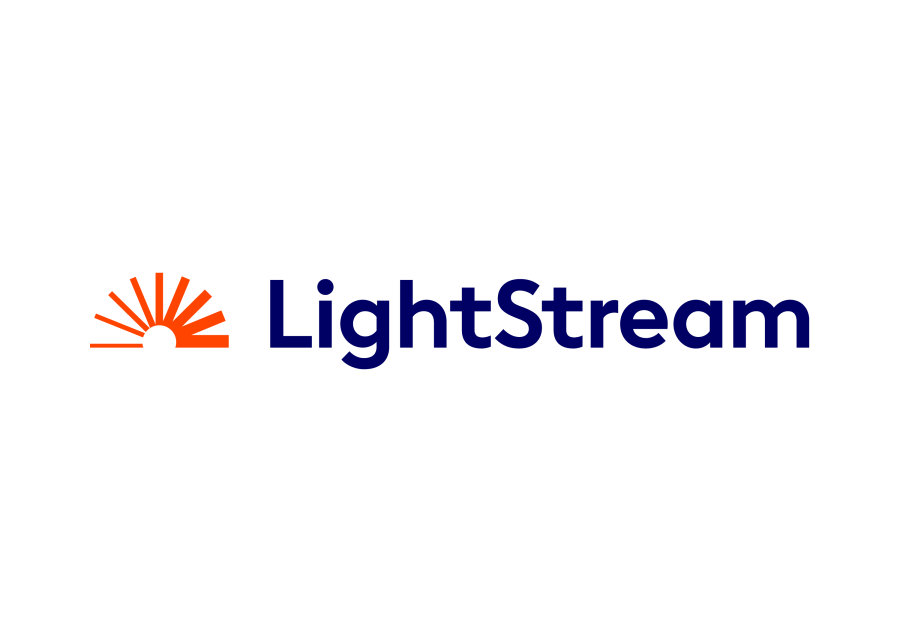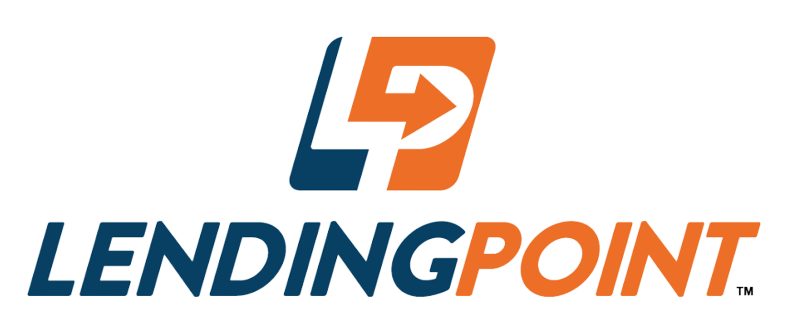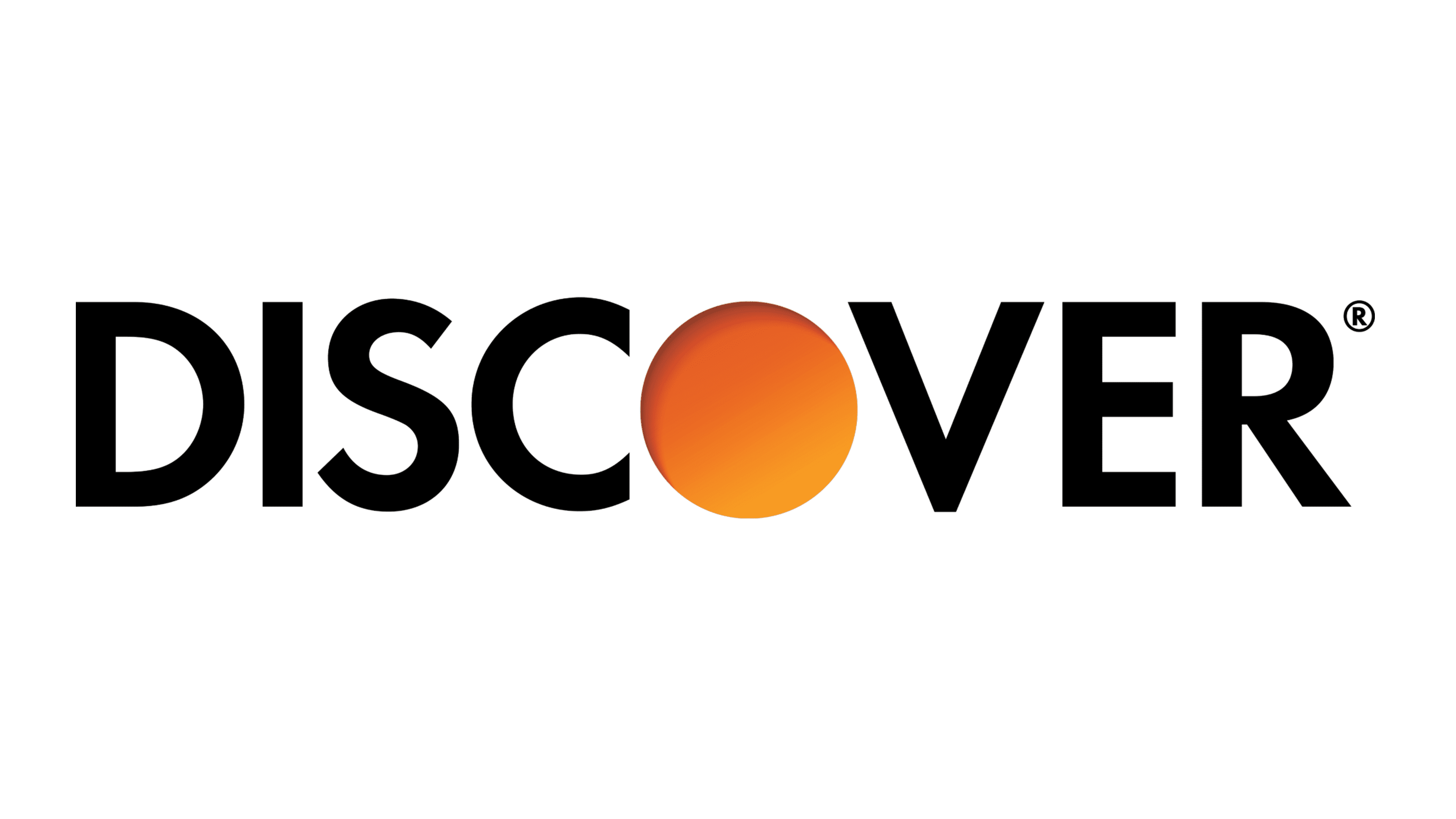Compare Personal Loan Rates
Best Kitchen Remodel Loans
Summary: Best Kitchen Remodel Loans
Tips for Comparing Kitchen Remodel Financing Options
With various kitchen remodel loan options available, consider all of your options before finding the one that caters best to your needs. When comparing kitchen remodel financing options, consider:
- Your budget. Before exploring different financing options, it’s crucial to have a clear idea of your project’s overall cost. This includes the upfront costs of labor and materials and any unexpected expenses that may arise during the remodel. Once you know your budget, use a home improvement loan calculator to estimate monthly payments and determine how much you can comfortably borrow.
- Interest rates. When comparing loans, pay close attention to the interest rates. Even a slightly lower interest rate can save you a considerable amount of money over the life of the loan. Personal loan interest rates typically range from 5% to 36%, while secured options like home equity loans may be less costly.
- Loan terms. As with interest rates, repayment terms vary by lender and loan type. Longer repayment periods come with lower monthly payments, but you’ll pay more interest over the life of the loan. In contrast, short-term loans have higher monthly payments, but you’ll lower the overall cost of borrowing.
- Additional fees. Apart from the interest rate, loans may also include various fees, such as origination fees, late payment fees and prepayment penalties. Make sure to factor these expenses into the total cost of the loan.
- Your credit score. Your credit score will significantly influence available interest rates and terms. You’ll likely qualify for lower interest rates and favorable terms if your credit score is high. If it’s low, consider improving it before applying for a loan.
What Is a Kitchen Remodel Loan?
A kitchen remodel loan is a form of financing that can fund the cost of renovating a kitchen. You can use these loans to cover various expenses related to the remodel, including purchasing new appliances, replacing cabinets, installing new flooring and even structural changes. Kitchen remodel loans come in several forms, including personal loans, home equity loans and home improvement loans.
Each type of loan has unique characteristics and requirements, and the best option depends on factors like your credit score, the amount needed for the remodel and your financial situation. Remember, as with any loan, it’s important to consider available repayment terms, interest rates and fees before choosing the best option for your remodel.
Types of Kitchen Remodel Loans
The decision to remodel your kitchen is a significant investment, and understanding different types of kitchen remodel loans will help you to select the best financing option. Below are some of the most common types of kitchen remodel loans, each with benefits, drawbacks and ideal uses.
Personal Loans
Personal loans are unsecured loans, meaning they don’t require collateral. These loans can include home improvement loans, and loan amounts may reach up to $100,000 and can be used for a wide range of purposes, including kitchen remodels. Personal loan repayment periods generally range from one to seven years, during which interest accrues on the entire outstanding balance.
The interest rates you qualify for depend largely on your credit score and financial situation. Rates range from 5% to 36% with the most creditworthy borrowers qualifying for the best personal loans and most competitive rates. Although personal loans are easier and quicker to obtain, they usually come with higher interest rates than other types of loans due to the lack of collateral.
Home Equity Loans
Home equity loans, also known as second mortgages, allow you to borrow against the equity in your home. The value of your home determines the amount you can borrow, and you typically can borrow up to 85% of your equity in your home—less the amount you still owe on your mortgage. Once approved, you receive the cash as a lump sum.
These loans come with fixed interest rates that start around 7% APR and repayment terms between five and 30 years. While they often have lower interest rates than personal loans, home equity loans are secured by the equity you have in your home. This means if you fail to make repayments, you could lose your home.
Home Equity Lines of Credit
Like a home equity loan, a home equity line of credit—or HELOC—is secured by your home equity. With a HELOC, however, you can access the line of credit as-needed and interest only accrues on the outstanding balance.
This means you can draw against the HELOC gradually throughout a lengthy kitchen renovation and only pay interest on the outstanding balance. Once repaid, you can draw against the HELOC again and again, making HELOCs an excellent option for lengthy projects.
When choosing a kitchen remodel loan, consider the amount you need, your ability to repay the loan and available interest rates. Shop around and compare loan terms from different lenders to get the best deal possible.
How To Get a Kitchen Remodel Loan
Follow these steps to get a kitchen remodel loan:
- Check your credit. Before you start searching for a kitchen remodel loan, check your credit score and report as this will help you determine which lenders may work with you. If you find any errors on your credit report, contact the credit bureaus and get the mistakes corrected.
- Research and compare lenders. Lenders offer different loan products with varying interest rates, terms and conditions. While you can use personal loans to finance a kitchen renovation, some lenders offer home improvement loans tailored to this type of project. Likewise, a home equity loan or HELOC may best suit your kitchen improvements. Reviews and ratings can also give you valuable insight into the lenders you’re considering.
- Evaluate eligibility criteria. Loan eligibility criteria vary by lender. However, most financial institutions consider an applicant’s age, income level, employment status and credit score. Ensure you meet the lender’s criteria before applying to increase your chances of approval.
- Prepare the necessary documentation. Most lenders will require proof of income, employment verification and credit reports. Gather these documents in advance to expedite the application process.
- Fill out the application form and await approval. Complete the loan application form provided by the lender. Ensure you fill out all sections accurately to avoid processing delays. After submitting your application, the lender will review it and make a credit decision. This could take a few days to a few weeks, so be patient.
- Review and sign the loan agreement. If your application is approved, the lender will provide a loan agreement outlining the terms and conditions of the loan. Review this document carefully, and if everything is satisfactory, sign the agreement.
- Receive funds. Once the loan agreement is signed, the lender will disburse the funds. This could be directly to your bank account, or in some cases, the lender might pay the remodeling contractors directly.
Other Kitchen Remodel Financing Options
Aside from loans, there are other options to finance your kitchen remodel, including credit cards, refinancing and government loan programs. Each option has unique advantages and potential drawbacks, depending on your financial situation and the extent of your project.
Credit Cards
Credit cards can be a convenient way to finance smaller projects. Many card providers offer introductory 0% APR periods, which can be a great way to finance your remodel interest-free, as long as you can pay off the balance before the introductory period ends. Some cards also offer rewards such as cashback or travel points, which could provide additional benefits.
That said, credit cards typically have higher interest rates than other types of financing—between 18% and 29.99%. If you can’t pay off the balance before the promotional period ends or if you have a high balance, the interest can quickly add up. This option is best if you have good credit and can repay the balance within the promotional period.
Cash-Out Refinance
A cash-out refinance is a mortgage refinancing option that involves taking out a new mortgage for more than what is left on your current mortgage. You receive the difference in cash, replacing your existing mortgage with a larger one. You can use the funds for any purpose, including a kitchen remodel. This process typically involves getting a property appraisal to calculate how much equity you have in the home.
Refinancing can be a good option if you have significant equity in your home, mortgage interest rates are lower than when you first got your loan or if you can switch from an adjustable-rate to a fixed-rate mortgage. However, refinancing comes with costs, including appraisal fees, closing costs and potential prepayment penalties. It can also extend your repayment period, meaning you may end up paying more in interest over the life of the loan.
Government Programs
Several government programs can help finance your kitchen remodel. These programs often offer loans or grants for home improvement projects. For example, some lenders offer the FHA 203(k) loan program, which is intended for home renovations. You may also be eligible for the FHA’s Energy Efficient Mortgage program, which offers financing for energy-efficient home improvements. Likewise, the U.S. Department of Agriculture (USDA) has programs offering home improvement grants and loans for eligible rural homeowners.
Government-backed home loans often come with strict eligibility requirements and may limit the type of improvements you can make. These programs also involve a lot of paperwork and could take longer to process compared to other financing options.
Methodology
We reviewed 18 popular lenders based on 14 data points in the categories of loan details, loan costs, eligibility and accessibility, customer experience and the application process. We chose the six best lenders based on the weighting assigned to each category:
- Loan cost. 35%
- Loan details. 20%
- Eligibility and accessibility. 20%
- Customer experience. 15%
- Application process. 10%
Within each category, we also considered several characteristics, including loan amounts, repayment terms, APR ranges and applicable fees. We also looked at minimum credit score requirements, whether each lender accepts co-signers or joint applications and the geographic availability of the lender. Finally, we evaluated each provider’s customer support tools, borrower perks and features that simplify the borrowing process—like prequalification and mobile apps.
Where appropriate, we awarded partial points depending on how well a lender met each criterion.
To learn more about how Forbes Advisor rates lenders, and our editorial process, check out our Loans Rating & Review Methodology.
Next Up In Personal Loans
Forbes Advisor adheres to strict editorial integrity standards. To the best of our knowledge, all content is accurate as of the date posted, though offers contained herein may no longer be available. The opinions expressed are the author’s alone and have not been provided, approved, or otherwise endorsed by our partners.
Read the full article here






















